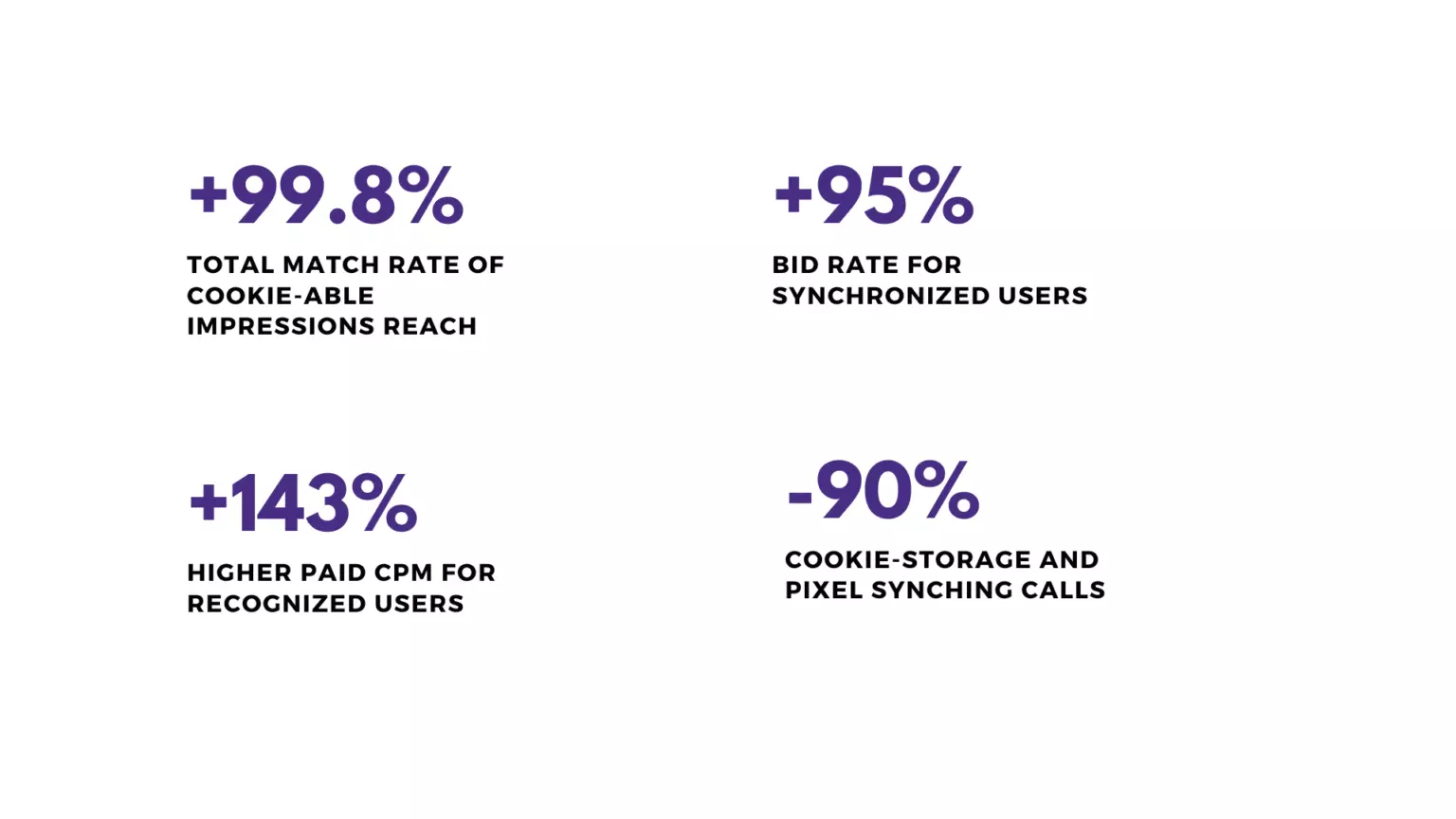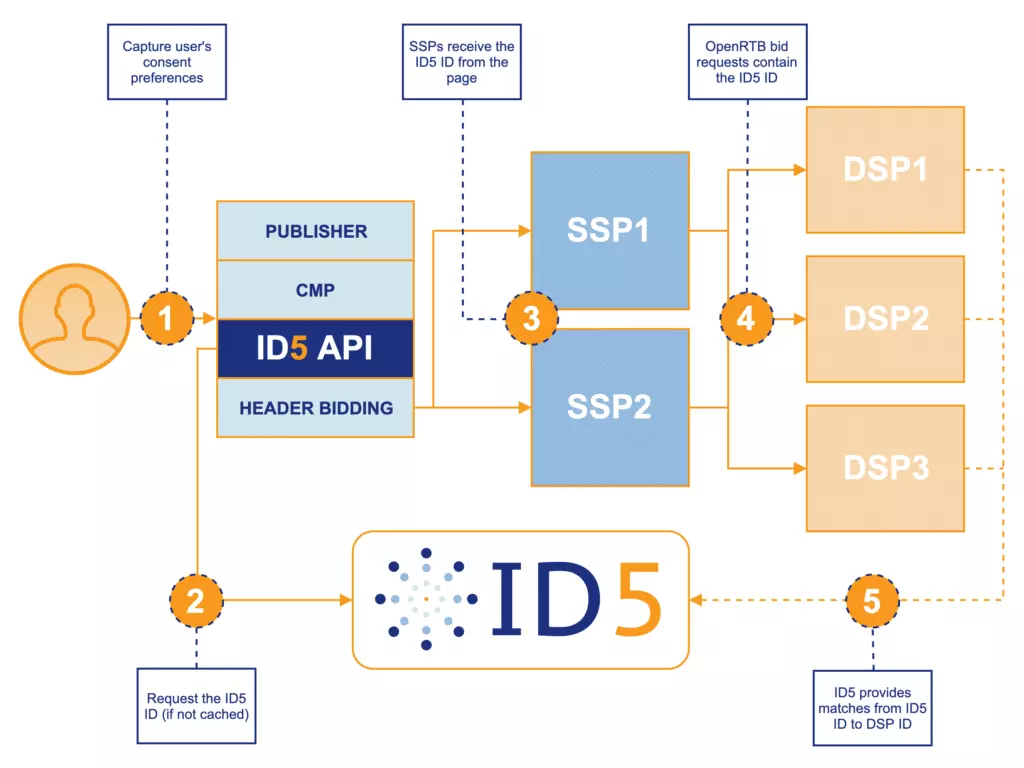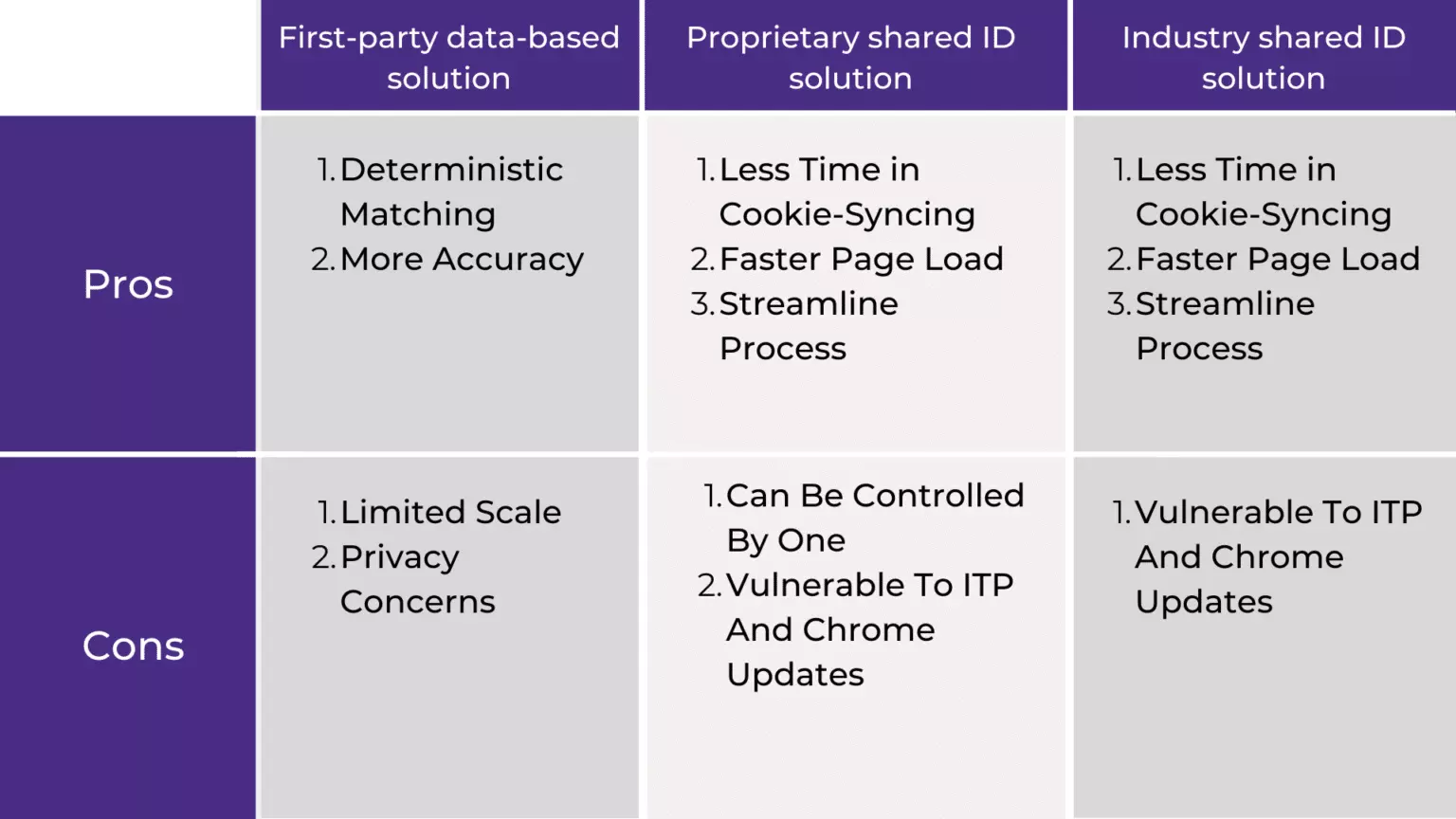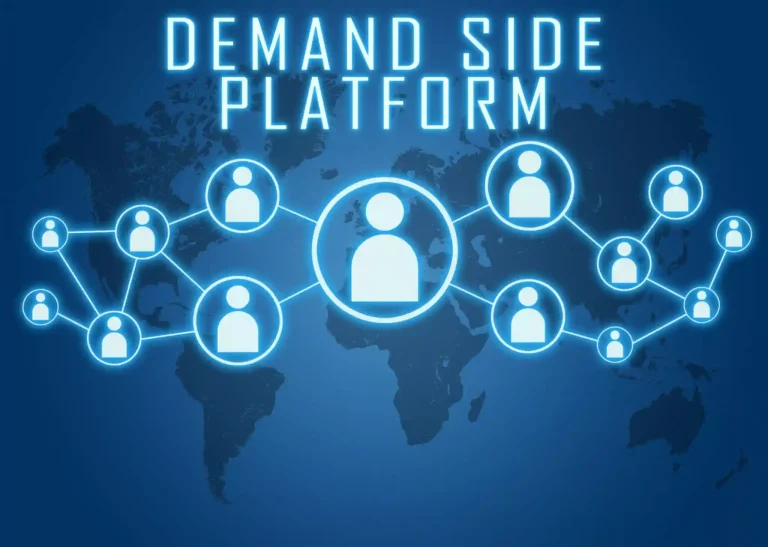The programmatic advertising industry is evolving faster than ever because of privacy laws and browser changes. Publishers, advertisers, and other ad tech vendors are considering replacing third-party cookies and figuring out how to run targeted ads.
Because of the way publishers and advertisers rely on third-party cookies for better results, targeted advertising might seem impossible without them. And that’s why, on the one hand, ad tech companies like The Trade Desk, LiveRamp, ID5, etc., and on the other, consortiums including IAB, Prebid, and Advertising ID Consortium — have been working to create universal user ids to target the users without cookie syncing process. So, did the industry find something?
Yes. And that’s where Universal ID comes in.
Universal ID has proved itself as an alternative to third-party cookies and a solution to several other problems. This article covers all the basics and benefits of Universal IDs and some solution providers in the industry. But before jumping into it, let’s understand why we need it in the first place.
Sidenote: Not all the universal IDs will work after the cookie apocalypse. Some providers claim to enrich the IDs with first-party and offline data to work without third-party cookies. We’ll get into the details later in the post.
Table of Contents
Why Do You Need a Universal ID?
Universal IDs are created to replace the functionalities of third-party cookies and help the industry bypass the cookie-syncing process. Syncing cookies from multiple ad tech partners may result in losing visitors’ data because each ad tech partner with their cookies (cookie IDs) must sync to identify the user. Especially when the user is new to the platforms, they must create a unique user ID and then sync it.
Since there isn’t a standardized ID that can work for all participating partners, the cookie-syncing process drastically slows down the loading of a web page and reduces the match rates. How does that happen? Look at the image to understand how cookies are lost during the whole process:

In this example, an advertiser passed the cookie data of 100 million users to the DSPs. But, when SSPs received the cookies, the database was reduced to less than 40 million users. During this whole process, the advertiser lost approximately 60 million users.
With cookie-syncing, they lose a percentage of data that could have helped them in audience recognition and generate more revenue and better ROI. Besides the loss in audience recognition, two more reasons raised the concern over cookie-syncing:
- Since there are tens of partners between the chain with their cookies, data-syncing takes time, further affecting the page load time and ruining the user experience. Also, the match rate of cookies decreases as the number of partners increases.
- Google, Facebook, and Amazon will take 85.4% of the total U.S. digital advertising revenue share in 2023, as per a report by eMarketer. And several elements contribute to their dominance as they provide authentication tools to identify users. Unlike other advertising platforms, the media giants have a single ID.
And this concept has given rise to Universal IDs.
“You get one name tag, and everyone you meet can read your name tag. In the current web experience, everyone can only read the name tag they put on you. This means that you, as the delegate (or consumer), have hundreds of different name tags all over you. That is annoying for users.”
– Jordan Mitchell, CEO, DigiTrust
By now, you might know how and why Universal IDs are needed.
What Is a Universal ID?
The universal ID is a user identifier (user ID) to provide a shared identity to identify the user across the supply chain without syncing cookies. Most importantly, it isn’t restricted to third-party cookies. In other words, first-party data (from a CRM) and offline data can be used to create universal IDs.
Unlike cookies based on probabilistic matching, universal IDs are created based on deterministic matching. So, it’s better than cookies. Keeping aside the cookie-independent benefit, universal IDs can benefit everyone involved. How?
Publishers and advertisers can display the right ads, while consumers will not find irrelevant ads on a web page. SSPs don’t have to pay another network for data-syncing and storage, whereas DSPs can participate in the auction more often and hit the goals of an advertiser’s ad campaign. And, for a data provider, you get better match rates between the SSPs and DSPs. Sounds like one solution to all problems? Yes, it is.

Are Universal IDs and First-Party Data the Same?
First-party data is something that you collect directly from your users via Subscriptions, Surveys, feedback, etc. In contrast, the universal ID is a user identifier (user ID) typically created by the prominent ad-tech consortium/company to provide a shared identity to identify the user across the supply chain without syncing cookies. In other words, first-party and offline data can be used to create universal IDs. But they aren’t the same.
Note that publishers can create their site-specific user IDs, not universal IDs. But it might change shortly.
Universal ID Solutions
A handful of ID solutions are available in the market as we speak, but their efficiency varies. Some solutions had to shut down as they simply wouldn’t be able to exist as viable alternatives once the third-party cookies were gone. We’ll take a look at some of them in detail here.
Unified ID 2.0 by The Trade Desk
The Trade Desk is one of the largest DSPs, and it has an excellent proprietary identifier called Unified ID 2.0. Aiming to benefit the advertising community, it promises to increase the match rate by 99% and boost the advertisers’ ROI and publishers’ programmatic revenue.
Besides, The Trade Desk provides IDs at a free cost to its advertisers, agencies, and DSPs. Publishers can leverage the IDs as well.
If you have:
- Partnered with SSPs, contact them to check if you are already included in the Unified ID solution. If not, then know how to update and be a part of it.
- Integrated Prebid.js by yourself, then you need to review the Prebid’s User ID module and add it to the wrapper modules.
- Partnered with a managed header bidding provider and asked them if they support the Unified ID module. If they don’t, encourage them to adopt, as it will increase the match and bid rates.
Though the initiative is taken to create a simplified version of cookie-syncing, The Trade Desk’s solution requires the integration of SSPs, ad exchanges, DSPs, and other data companies with the Unified ID to synchronize the data well.
“The objective has always been to go from many to some IDs, not just to one.”
– Tim Sims, SVP of Inventory Partnerships, The Trade Desk
Having said that, Unified ID 2.0 has its drawbacks. One, it gives too much power to one industry player. The entire industry will rely on The Trade Desk to identify users on the open web (if Unified ID 2.0 becomes the only solution). It is vulnerable to ITP (Intelligent Tracking Prevention) and Chrome’s upcoming browser changes.
ID5
ID5’s IdentityCloud is an industry-shared solution that can be used by publishers and ad tech companies that want to skip the cookie-syncing process with their partners. It can provide advertisers access to the publisher’s data. By the time we wrote this article, ID5 had 40+ publishers and ad tech platforms and managers more than 2.5 billion advertising IDs per month for its partners.
It is available as an API to the publishers, can be integrated into the CMS, and Prebid also supports ID5. The publishers can utilize the ID5 in header bidding auctions on the websites using the User ID module. To clear the basics, here’s a flowchart of how ID5 connects publishers and SSPs:

Here’s how it works from the publisher’s end:
- Users visit websites, and the publisher captures their consent preferences and email address.
- The publisher requests the encrypted ID by providing the hashed email address and soft signals and sends it to the SSPs.
- SSPs send this encrypted ID to their DSPs, and further, DSPs decrypt the ID and return the bid response based on the user’s value.
By using a combination of soft signals and hand signals to link its IDs. While hard signals represent hashed email addresses, login alliance IDs, etc., soft signals include data points like IP addresses, timestamps, URLs, etc., and are used when there are no hard signals.
Highlights:
What’s the universal ID called? ID5 IdentityCloud.
What is it based on? First-party data (hashed email addresses, page URLs, timestamps, IP addresses, etc.).
Will it work after the cookie apocalypse? Yes.
RampID (Formerly Known as IdentityLink) by LiveRamp
LiveRamp released its ID solution in 2016 when most ad tech companies didn’t feel the necessity of a Universal ID. Dubbed earlier as ‘IdentityLink’ and now as ‘RampID’, it can enable publishers and advertisers to identify their users across online and offline devices.
RampID assigns an anonymous identifier to a specific individual across multiple devices and channels. According to LiveRamp, the ID solution can enable advertisers to limit their advertising frequency to specific users. Instead of separately syncing the cookies, SSPs and DSPs can integrate RampID in their bid stream and improve the match rates.
The ID works on deterministic matching and enables publishers and advertisers to identify their users based on online and offline data.
“IdentityLink is by far the most prevalent (non-walled garden ID) in the market. Almost everyone has a connection into LiveRamp.”
-Jay Prasad, Chief Strategy Officer, VideoAmp
Highlights:
What’s the universal ID called? RampID.
What is it based on? Both first- and third-party data.
Will it work after the cookie apocalypse? Yes.
SharedID
SharedID is a hybrid identity solution developed by Prebid that helps publishers to leverage user IDs to serve personalized and targeted ads — now and after the death of third-party cookies. How? It allows publishers like you to set user IDs as first-party and third-party components.
With SharedID, you
- Can increase page loading speed & deliver a good user experience.
- Are prepared for Chrome’s upcoming cookiepocolypse.
- Get transparency & community support.
We’ve talked about SharedID in detail here.
Advertising ID Consortium:
Advertising ID Consortium is also an independent and open identity solution that ad tech companies can use.
Though Advertising ID Consortium isn’t as active as other ID solution providers, it is one of the solutions that can work without third-party cookies. LiveRamp’s RampID’s involvement helps publishers generate unique user IDs.
In addition to the above-mentioned universal identifiers, several other companies, such as Brightpool, Criteo, Parrable, and many more, are working on smoothening the process of cookie-syncing. Though the IDs have benefits, they have a few disadvantages, as shown below:

Future of Universal IDs
Universal IDs have been here for a while now. It started gaining popularity since the industry shifted towards a privacy-concerned and cookie-less world. According to eMarketer, U.S. advertisers spent $2.6 billion on identity solutions by the end of 2022.
From our point of view, universal IDs help in audience segmentation and can be a backbone for targeted advertising. But we still have to wait and see what happens when the cookies are dropped from the browsers. Have any questions? Let us know in the comments.
FAQs
What Is Universal ID?
Universal ID is a unique identifier that enables publishers and advertisers to identify their users across multiple devices without depending on third-party cookies.
Are Universal IDs and First-party Data the Same?
Universal IDs and first-party data differ from each other. While first-party data can encompass various types of user data, such as email addresses and IP addresses, universal IDs are primarily generated using email addresses.























